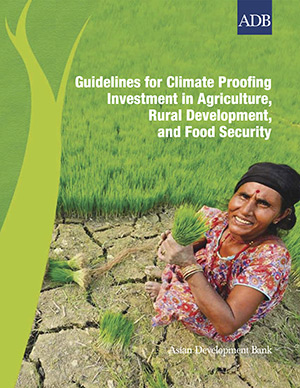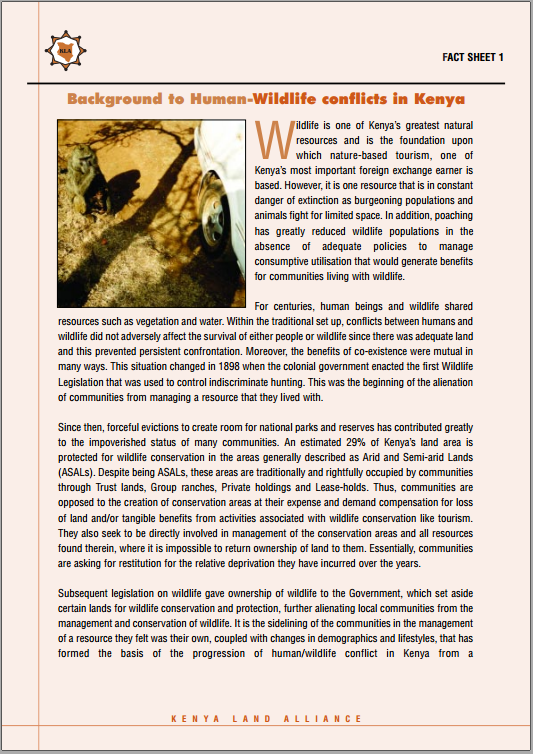Slovenian grapevine germplasm
Collecting and preserving the genetic pool of the genus Vitis is an important task that we have in Slovenia systematically addressed already in 1980. The possibility to choose between different genotypes gives breeders an opportunitiy to develope of new varieties, both in terms of selection (selecting clones of the variety), as well as the integration of interesting features into the existing gene






